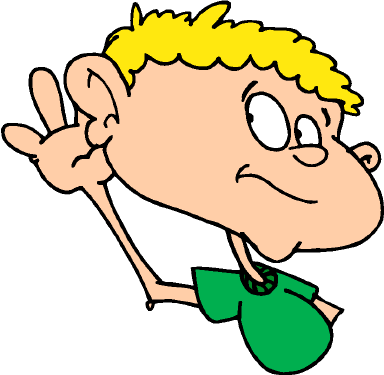THE FIVE KEY CHANGES TWO PRACTICE
After reading this book I could understand that it is focus on the steps and processes that a teacher must perform for practicing a good pedagogy. This book also talks about the learner-centered classroom literature, in which is explained that there is not equal learning since "Weimer states that by changing the traditional way of the role of the teacher in the learner-centered classroom,the tacher can become guider and facilitator for learning.". This change in teacher role places the emphasis on the learner and away from the teacher as the focus for learning.
- the balance of power
- the function of content
- the role of the teacher
- the responsibility for learning
- the purpose and processes of evaluation
I think that we have to consider where to place the responsibility for learning in the learner-centered classroom, it becomes clear that students have a responsibility here also. The focus shifts to the actions required of students; they must accept the responsibility for learning. This involves developing the intellectual maturity, learning skills, and awareness necessary to function as independent, autonomous learners. The author asserts that teachers contribute to this process by creating and maintaining conditions that promote student growth and movement toward autonomy.
Weimer states that the purpose of evaluation in the learner-centered classroom is both to provide feedback (i.e., grades) and generate learning. In a learner-centered climate, students learn to assess their own work and participate in the assessment of their peers' work, which leads students to becoming self-directed learners. The responsibility of the teacher as evaluator remains the same.
References:
- Learner-Centered Teaching: Five key changes to practice;by Maryellen Weimen. Jossey-Bass, 2002





